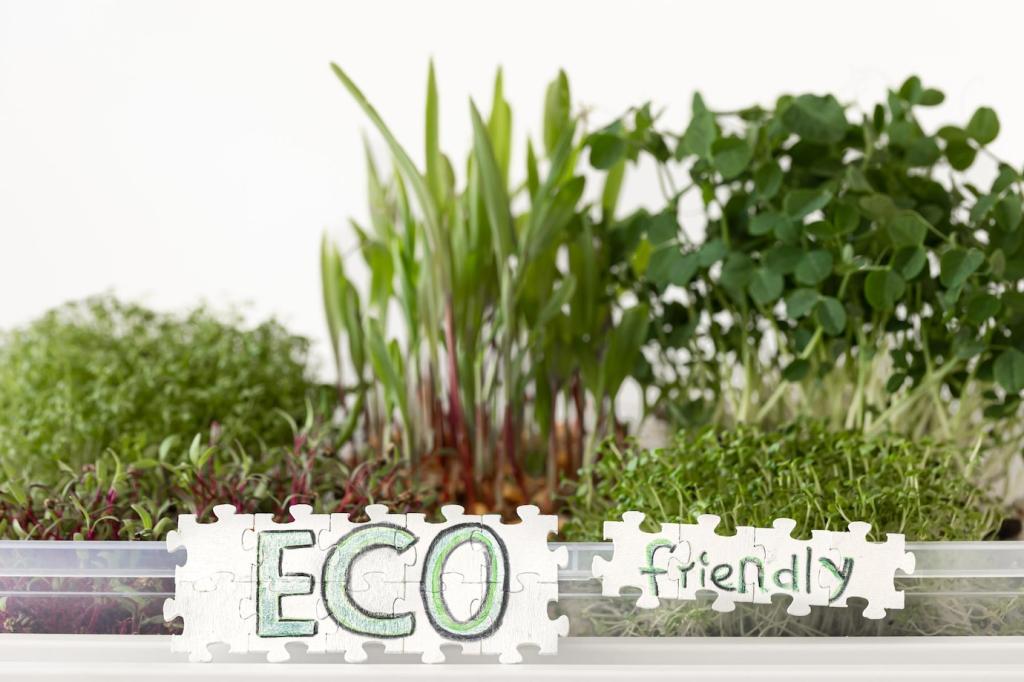
Chosen Theme: Habitat Restoration and Enhancement
Welcome to a vibrant exploration of Habitat Restoration and Enhancement—where degraded places recover, wildlife returns, and communities reconnect with nature. Join us, subscribe for weekly field notes, and share your ideas for revitalizing the living landscapes you love.
Why Habitats Matter: The Roots of Restoration
A neglected creek behind a neighborhood school once ran brown after storms. Volunteers replanted banks, added logs for cover, and removed trash. Within five years, minnows flashed in sunlit shallows, kingfishers returned, and children proudly tracked seasonal changes together.
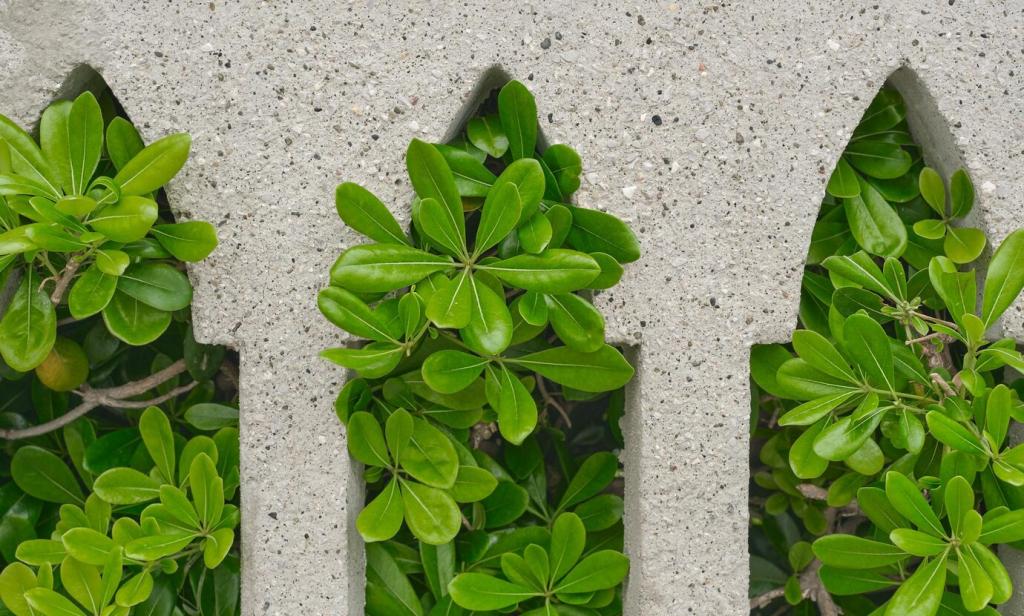

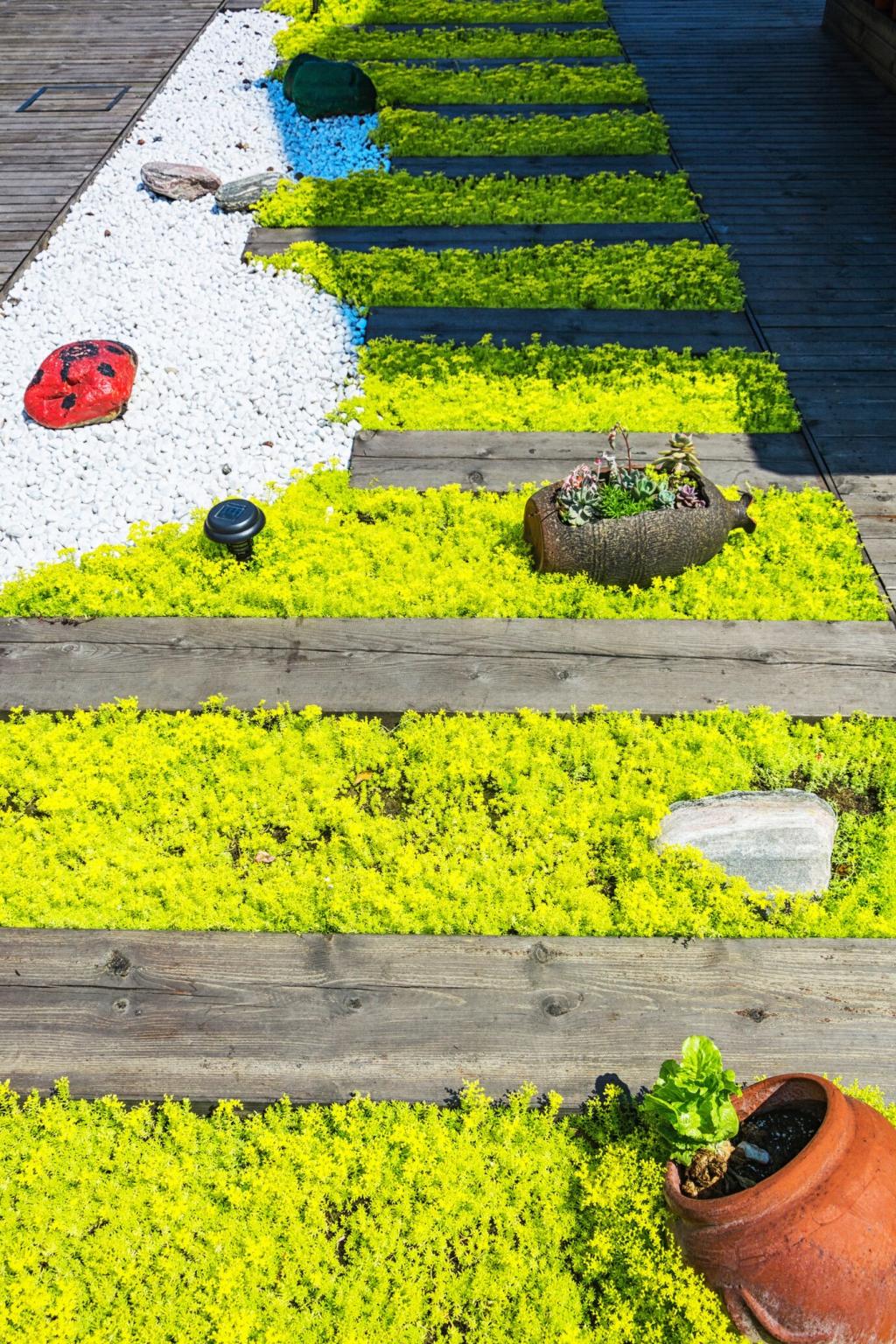
Restoring Wetland Function
Rehydrate compacted soils, reestablish sinuous channels, and reconnect floodplains. Plant sedges and rushes that filter runoff and host insects. Share your site’s water issues and subscribe for our step-by-step wetland starter plan, including seasonal timing and permitting considerations to stay compliant.
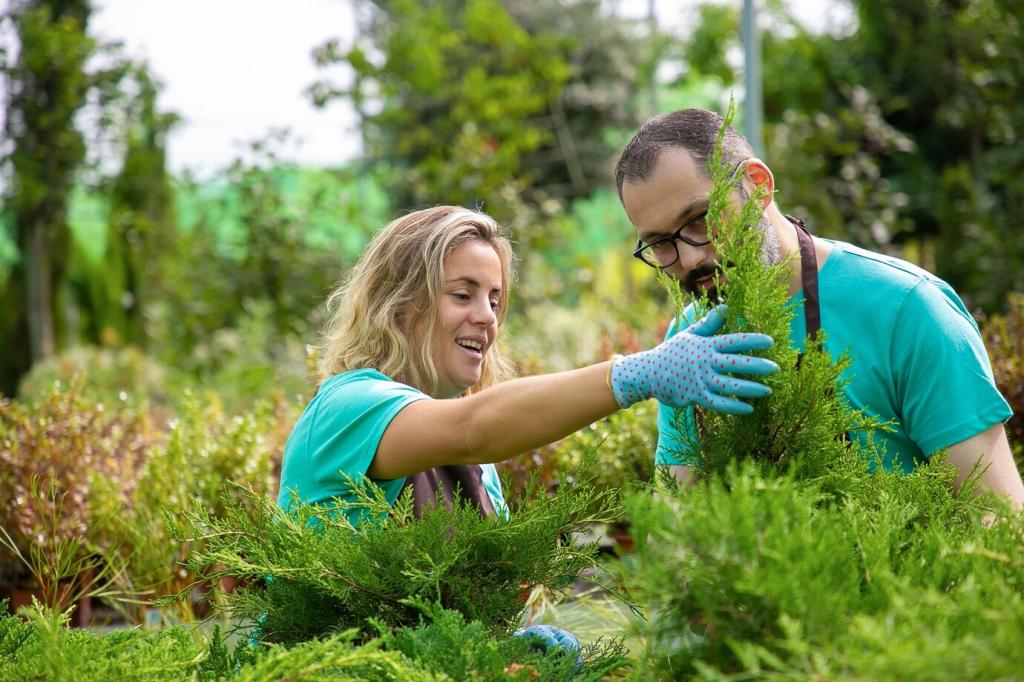
Riparian Buffers that Work
Wide, layered buffers of native trees and shrubs cool streams, stabilize banks, and feed aquatic food webs with leaf litter. Mix deep-rooted species and shade-tolerant understory plants. Tell us your stream width and goals, and we’ll help tailor an effective buffer design.
Urban Habitat Enhancement
Convert sterile lawns into low-mow, native meadows that soak stormwater and buzz with pollinators. On rooftops, use lightweight media, drought-tolerant natives, and shallow trays. Share your space constraints, and subscribe for seed mix recipes tested in tight urban conditions and hot summers.
Urban Habitat Enhancement
Align tree pits, curbside bioswales, and small gardens to form stepping stones between parks. Add water dishes, leaf litter, and perches. Map your sightings with neighbors and tell us your corridor idea; we’ll feature standout projects and connect volunteers to help expand them.

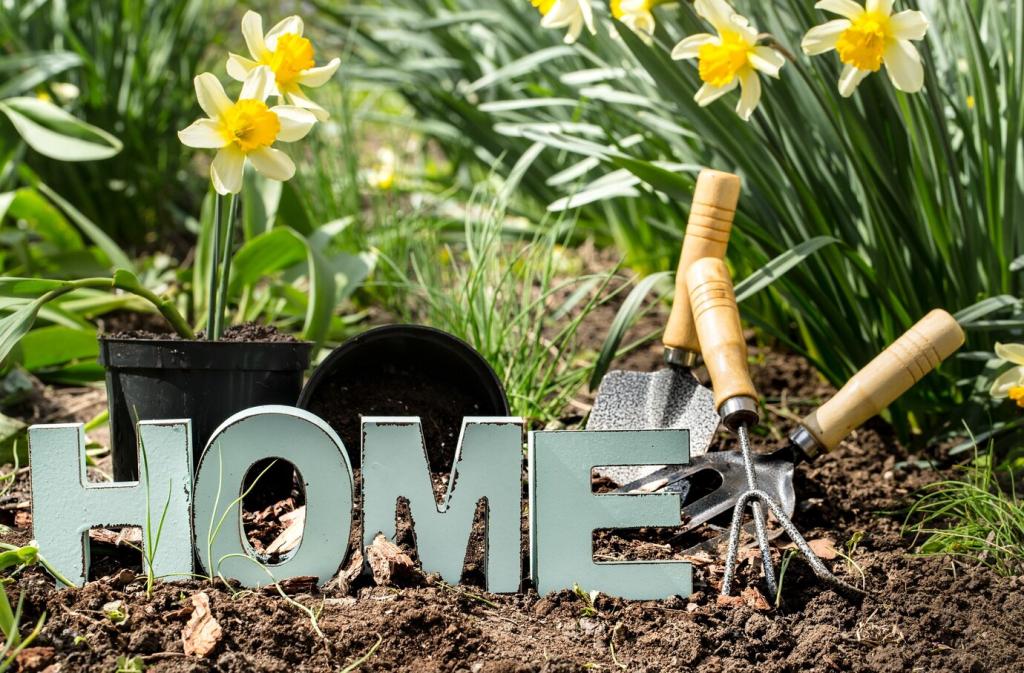

Community Power and Citizen Science
On a rainy Saturday, neighbors replanted a floodplain park with native willows and dogwoods. Children measured tree heights and watched tadpoles wriggle in shallow pools. Share your weekend wins in the comments, and subscribe to join our next hands-on habitat workday nearby.
Community Power and Citizen Science
Use simple kits to test water clarity, log birds with community apps, and document plant survival. Decision-makers notice consistent data. Tell us your monitoring interests, and we’ll connect you to training, templates, and a shared dashboard that keeps every habitat story visible.
Measuring Success and Adapting
Photograph fixed points, compare restored and unrestored sites, and record seasonal changes. Short notes beat perfect reports. Share your first photo set and subscribe for our BACI starter kit, including simple datasheets and tips for organizing volunteers around repeatable monitoring routines.
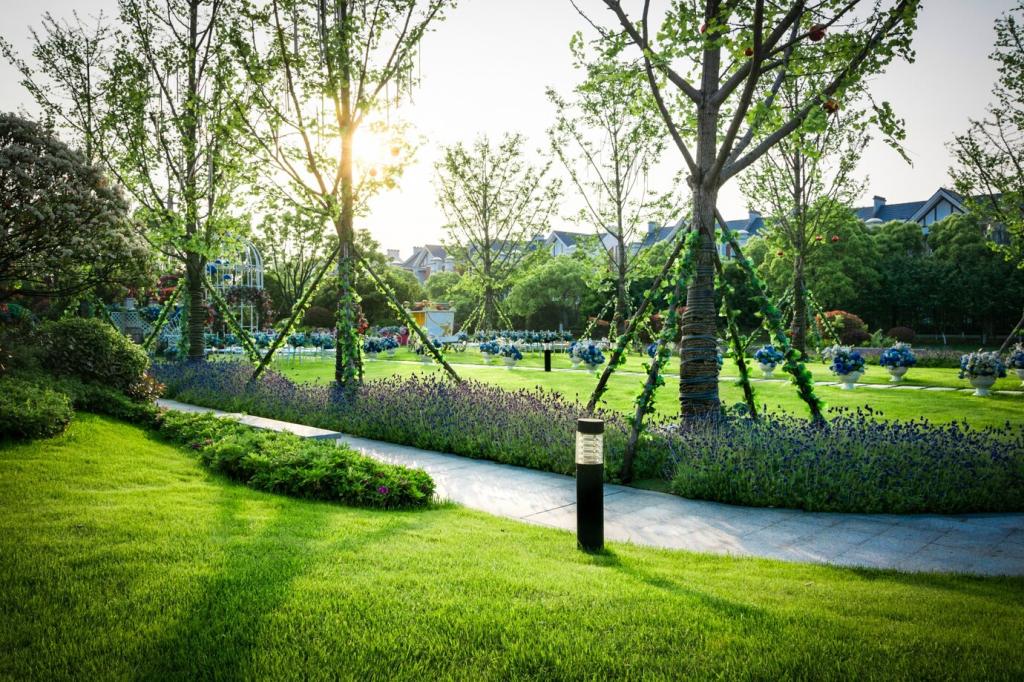

Measuring Success and Adapting
Listen for frogs at dusk, watch for mayflies on bridges, and count blossoms visited by bees. These signs reveal habitat recovery early. Tell us what you observe, and we’ll help interpret patterns, highlight successes, and troubleshoot stubborn problems with practical, field-tested fixes.



